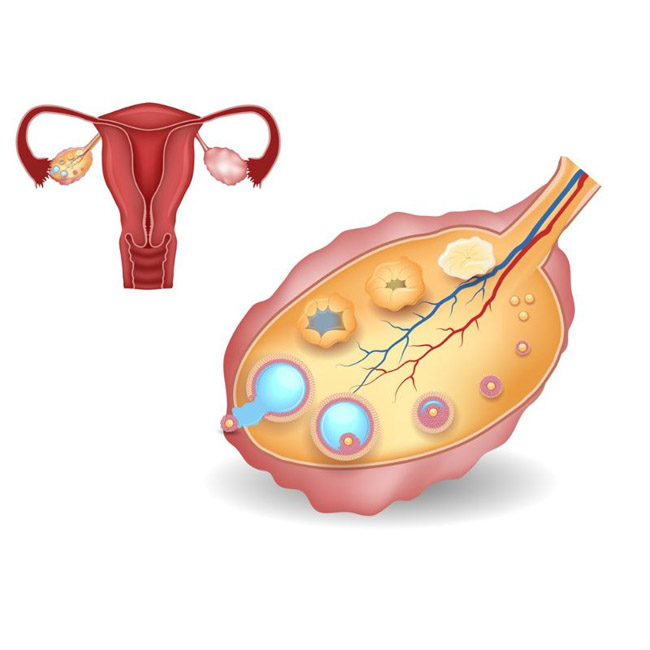
Ovulation Induction
Ovulation induction is a fertility treatment that involves the use of medications to stimulate the ovaries to produce and release eggs. This process is particularly beneficial for women who experience irregular or absent ovulation, a common cause of infertility. By regulating and enhancing ovulation, ovulation induction aims to improve the chances of conception, either through natural intercourse or assisted reproductive techniques like intrauterine insemination (IUI) or in vitro fertilization (IVF).
Intra-Uterine Insemination (IUI)
Intra-Uterine Insemination (IUI) is a commonly used fertility treatment designed to enhance the chances of conception. The process involves preparing and washing sperm to improve its quality and then placing it directly into a woman’s uterus during her ovulation window. This increases the likelihood of fertilization by bringing the sperm closer to the egg, bypassing potential barriers like cervical mucus or low sperm motility. IUI is often recommended as one of the first steps in assisted reproductive technology, particularly for individuals facing mild fertility challenges.
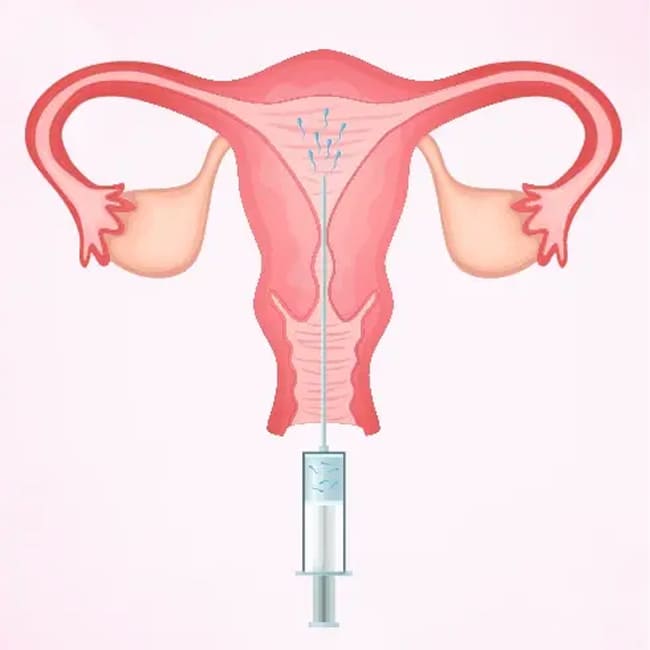
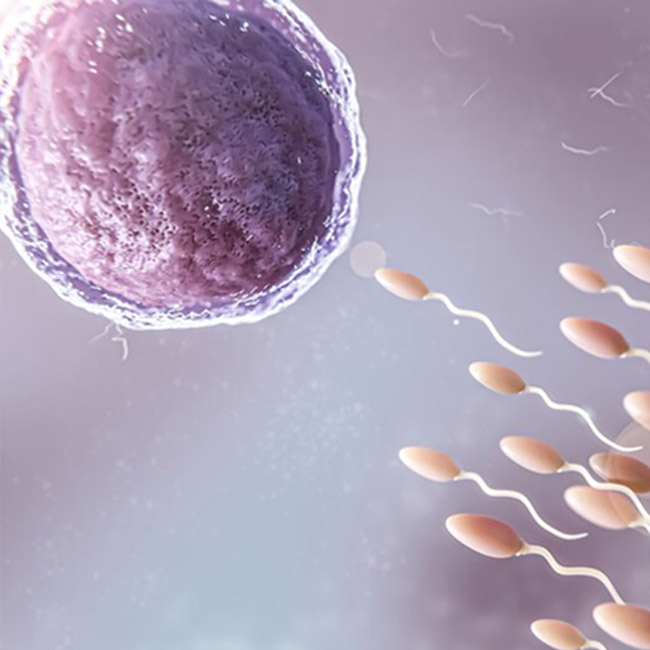
In Vitro Fertilisation (IVF)
In Vitro Fertilisation (IVF) is one of the most widely used and advanced assisted reproductive technologies, helping individuals and couples achieve pregnancy. The procedure involves fertilizing an egg with sperm outside the body in a controlled laboratory setting, creating embryos that are later transferred to the uterus for implantation. IVF is often recommended for cases of severe infertility caused by factors such as blocked fallopian tubes, male infertility, endometriosis, or unexplained infertility.
Intra-Cytoplasmic Sperm Injection (ICSI)
Intra-Cytoplasmic Sperm Injection (ICSI) is an advanced fertility treatment that is often performed as part of In Vitro Fertilisation (IVF). It involves the direct injection of a single sperm into a mature egg to facilitate fertilization. This technique is widely used for cases of severe male infertility, such as low sperm count, poor motility, or abnormal sperm morphology, and offers hope to couples facing challenges with natural conception.
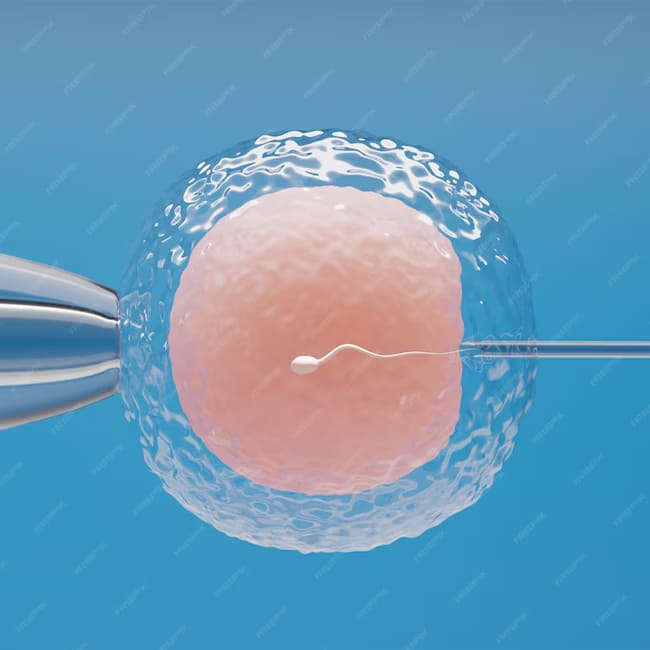
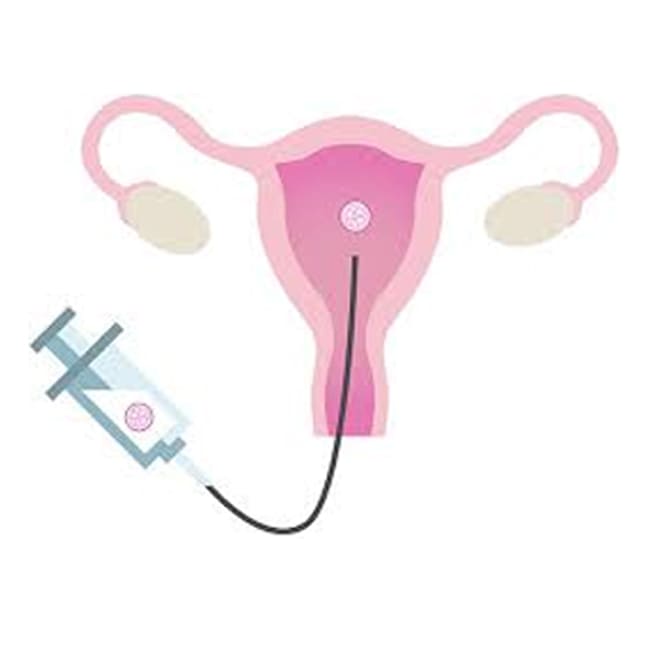
Embryo Transfer
Fresh and frozen embryo transfer are two approaches used in assisted reproductive technologies (ART), particularly in in vitro fertilization (IVF). In a fresh embryo transfer, embryos created during the IVF cycle are transferred to the uterus a few days after fertilization. In contrast, frozen embryo transfer (FET) involves freezing the embryos for later use and transferring them in a subsequent cycle. Both methods aim to achieve pregnancy but differ in their timing and medical protocols.
Gametes Freezing
Potenti mauris. Porta odio mauris. Neque torquent suspendisse ut hymenaeo fames add tristy que pretium pharetra mollis pharetra dictum ridiculus viverra. Sociosque nec nullam augue sed tempus auctor nisi. Bibendum. Nisi pharetra dignissim natoque rutrum. Eros fringilla demosres nonummy elementum neque curabitur curabitur. Porta odio mauris. Neque torquentil phonix or suspendisse ut hymenaeo fames ad tristique pretium pharetra mollis pharetra dictum rid iculus viverra. Sociosqu nec nullam augue tempus auctor nisi.
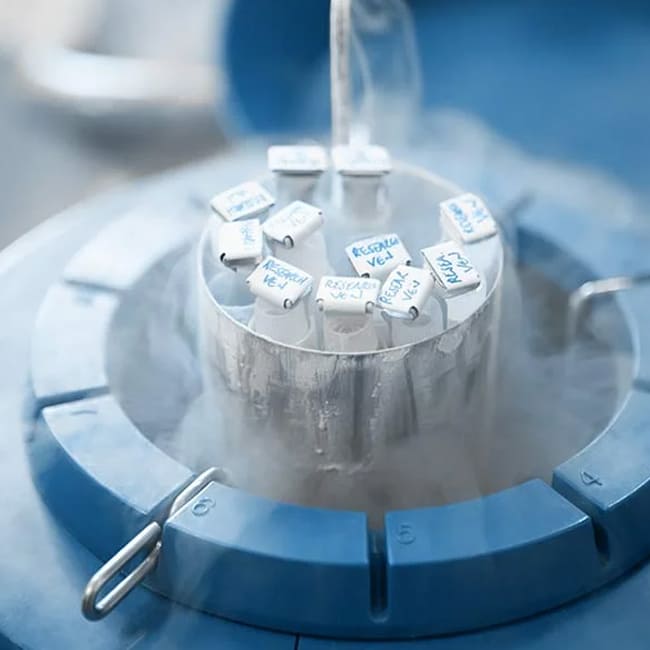
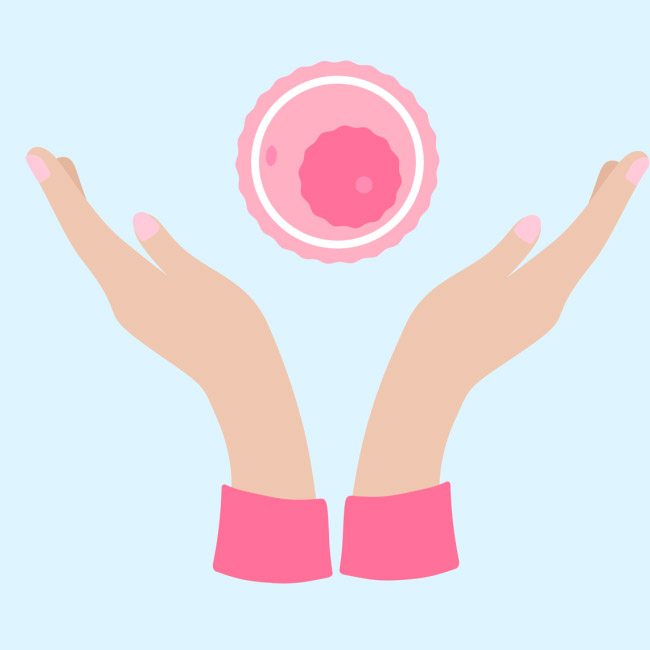
Oocyte Donation
Oocyte donation, commonly referred to as egg donation, is a medical process where a woman donates her eggs to assist another individual or couple in achieving pregnancy. This procedure is a vital aspect of assisted reproductive technologies (ART) and is primarily used when the intended mother cannot produce viable eggs due to medical conditions, advanced age, or genetic factors. The donated eggs are fertilized in a laboratory through in vitro fertilization (IVF) and then transferred to the recipient’s uterus or a surrogate, offering the hope of parenthood.
Surrogacy
Surrogacy is a method of assisted reproduction where a woman, known as a surrogate, carries and delivers a child for another individual or couple. It is often chosen by those unable to conceive or carry a pregnancy due to medical conditions, infertility, or other circumstances.


